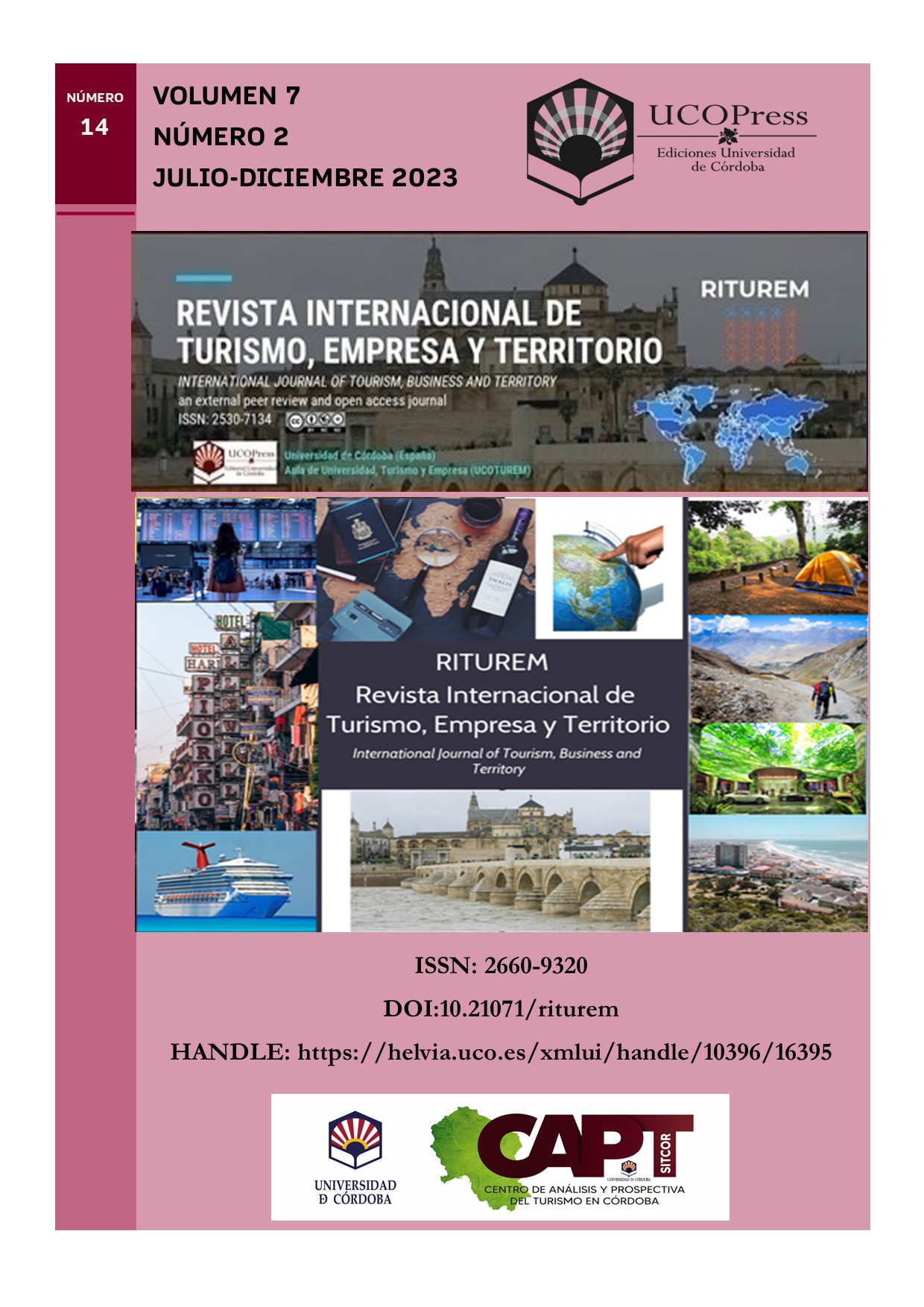Social capital as an instrument of sustainability of tourist cruises. Case study in Cabo San Lucas, Baja California Sur (Mexico)
Main Article Content
Abstract
The arrival of tourist cruises to destinations requires various actors from the social, private and public sector, for their proper functioning in a framework of stability, even more so when it is insecure. Understanding the complex interaction between these actors may be possible, based on social capital. Therefore, the objective of the research was to demonstrate the elements or categories of trust, organization, participation and coordination, which provided social capital, and its various strategies for tourist cruises to continue with the transit route to Cabo San Lucas during the 2010-2014 period. The methodology was qualitative under the hermeneutic-interpretative paradigm, through the newspaper review of journalistic notes regarding cruise ships arrival at the aforementioned port, and the semi-structured interview with three key actors. The results confirm the intervention of social capital in the local Cruise Committee. The trust was maintained with an international security and certification and tourist promotion. Coordination through local information and security programs. The organization of weekly assemblies. Participation in FCCA events and others organized by the federal public sector. In conclusion, the source of social capital was formal-rational and the relationships generated were union, bridge and link type.
Keywords: Social capital; Tourist Cruises; Cabo San Lucas; Mexico.
Downloads
Article Details
Copyright Notices Proposed by Creative Commons
Proposed policy for journals offering deferred open access
Those authors who have publications with this journal, accept the following terms:
1. The authors will retain their copyright and guarantee to the journal the right of first publication of their work, which will be simultaneously subject to the Creative Commons Recognition License CC BY-NC 4.0 (Creative Commons — Attribution-NonCommercial 4.0 International — CC BY-NC 4.0 ) hird parties to share the work provided that its author and its first publication is indicated this journal and no commercial use is made.
2. Authors may adopt other non-exclusive licensing agreements for the distribution of the published version of the work (e.g., deposit it in an institutional telematics file or publish it in a monographic volume) provided that the initial publication is indicated in this journal.
3. Authors are allowed and recommended to disseminate their work over the Internet (e.g. in institutional telematics files or on their website) before and during the submission process, which can produce interesting exchanges and increase citations of the published work. (See The effect of open access: http://opcit.eprints.org/oacitation-biblio.html.
